CANON

EOS RP - Now Shooting!
Well, folks, we've got ourselves another one, another full-frame mirrorless camera. However, unlike the recent deluge of models, this new Canon full-frame mirrorless camera sits towards the entry-level side of the spectrum for cost. Interesting times!
Now, when it comes to the history of digital cameras, especially full-frame digital cameras, the terms "full-frame" and "entry-level" have never really gone together. Historically, full-frame cameras are spec'd for the enthusiast and professional-level photographer markets, with tough-as-nails construction, high-res sensors, fast burst rates and more, and with high price points to match. Both Canon and Nikon have made lower-tier full-frame DSLRs, with the 6D Mark II and D610 lines, respectively. However, despite being their least expensive full-frame cameras, they each started at $ 2,000 body-only. That's a serious chunk of change, and by and large out of the price range of most "entry-level" photographers.
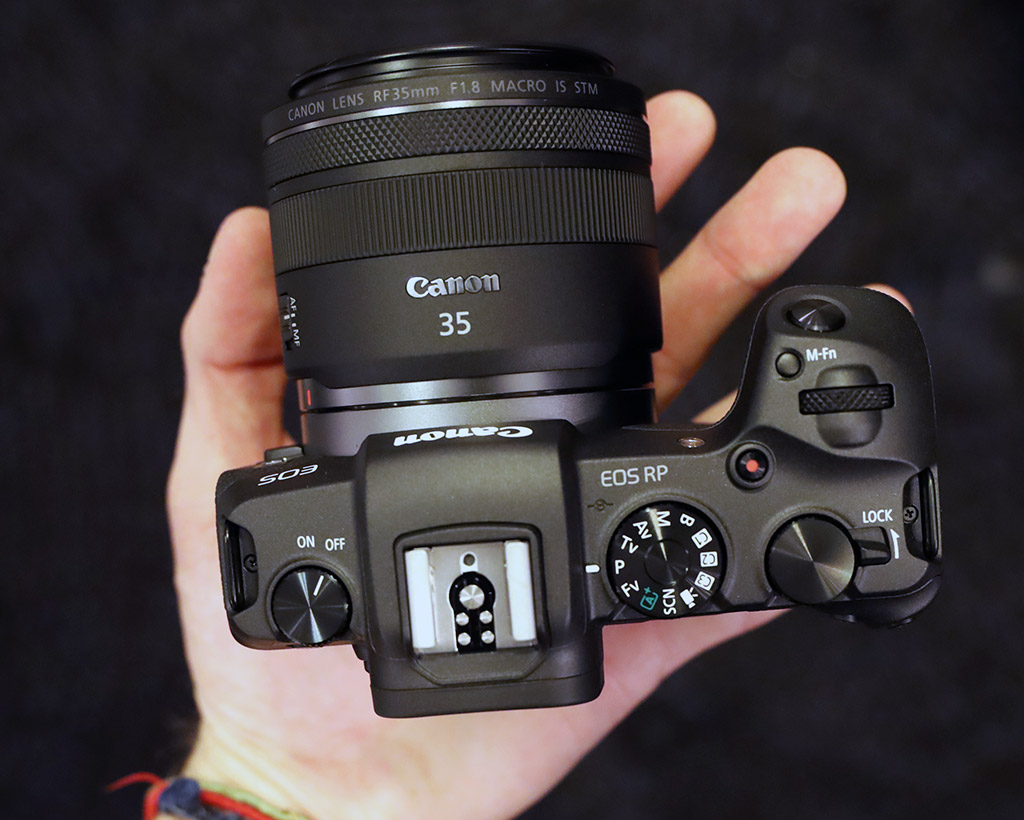 The new Canon EOS RP, however, bucks this trend. The EOS RP is small and lightweight yet keeps some degree of weather-sealing and comes in at a very affordable $ 1,299 body-only price point. And it has that ever-enticing full-frame sensor. If memory serves, this is the most affordable, new full-frame digital camera released to date.
The new Canon EOS RP, however, bucks this trend. The EOS RP is small and lightweight yet keeps some degree of weather-sealing and comes in at a very affordable $ 1,299 body-only price point. And it has that ever-enticing full-frame sensor. If memory serves, this is the most affordable, new full-frame digital camera released to date.Now, for the caveats. Does the Canon EOS RP have all the bells and whistles? No, of course not. It does not have an ultra-high-res sensor, it does not have continuous shooting rates, it does not have every video format under the sun, nor does it have nifty features like IBIS, High-Res multishot mode, or AI-powered AF tracking. But it was never designed to have such features. It's an entry-level camera, one designed for new full-frame users, stepping up from a smartphone, point-and-shoot or sub-frame camera. It offers a healthy but simplified feature set packed into a compact and lightweight camera that does not obliterate your budget.
On paper, it's a solid little camera, and based on our preliminary hands-on shooting experience, the EOS RP is both fun and easy-to-use. If you've been planning to step into the world of full-frame cameras, the Canon EOS RP makes compelling starting point.
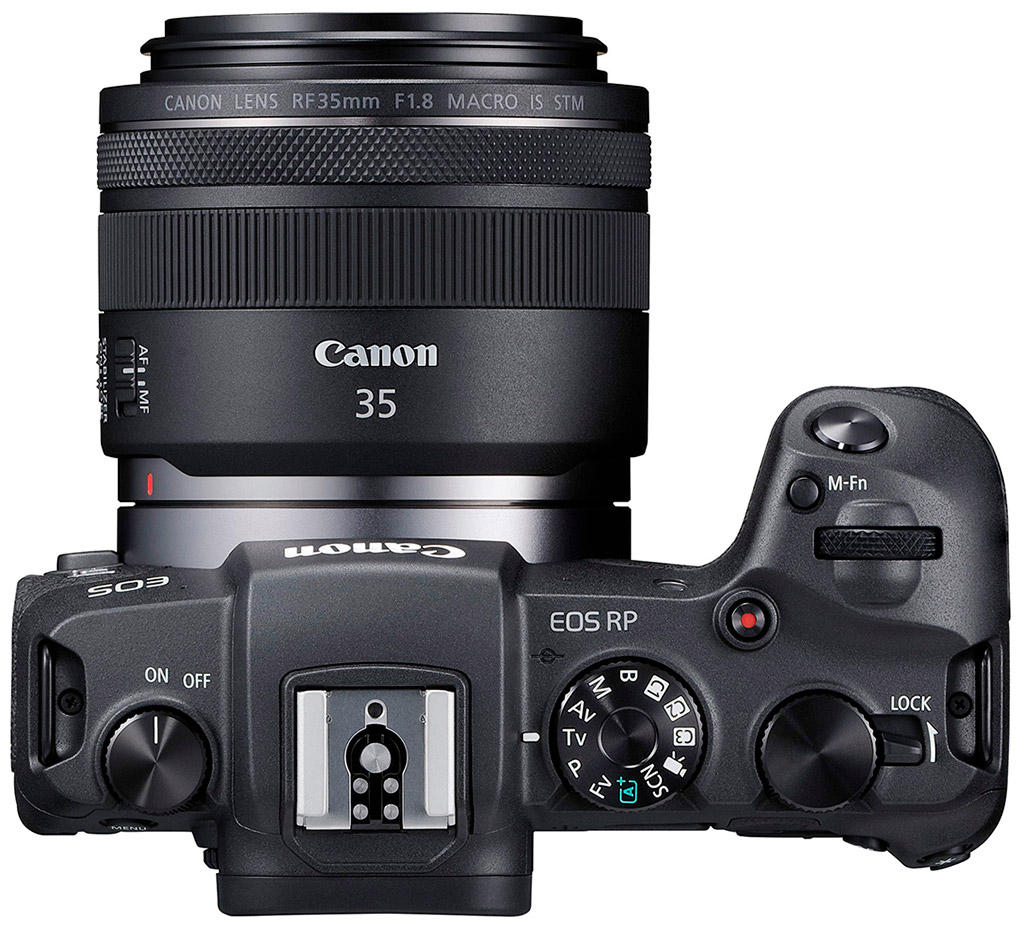 Sensor & Image Quality
Sensor & Image QualityMuch like Canon's "entry-level" EOS DSLR, the new EOS RP is based around a similar 26.2-megapixel full-frame CMOS sensor. It's not exactly the same sensor assembly, however, but very similar indeed. According to our technical interview with Canon engineers, the EOS RP's sensor has redesigned micro lenses due to the shorter flange back distance used by the RF-mount compared to EF-mount.
Paired with its 26MP sensor, the new EOS RP uses a newer, faster DIGIC 8 image processor (the same one as the EOS R) compared to the DIGIC 7 seen in the 6D Mark II. Despite the newer sensor, however, the ISO range of the EOS RP is identical to that of the 6D II; the native sensitivity range is 100-40,000, but it is expandable to a low ISO of 50 and a high up to 102,400.
Though many advanced full-frame cameras offer higher-resolution sensors, such as the 30MP EOS R and 42MP Sony A7R III for example, 26MP strikes a pleasing balance of detail resolving power and manageable file sizes. The EOS RP, despite the entry-level design, offers a couple more megapixels than a number of other "base model" (yet still more expensive) full-frame cameras, such as the Sony A7 III and new Panasonic S1, both of which use 24MP sensors, though such a small difference in pixel count is hardly worth mentioning.
/cdn.vox-cdn.com/uploads/chorus_image/image/63051259/Screen_Shot_2019_02_14_at_12.09.35_AM.1550117447.png)
In terms of image quality itself, we are expecting similar overall performance to the 6D Mark II given its nearly-identical sensor and the same native ISO range. In our review of the 6D II, we noted excellent overall performance image, both at low and higher ISOs. Color rendering and hue accuracy were also very good, which is characteristic of Canon cameras. The only downside we found was the dynamic range, which was underwhelming compared to competing cameras. When it comes to the EOS RP, it's way too early to make any image quality assessments - although we do have a selection of real-world gallery images to browse through - however, the image quality performance is likely very similar. Given the updated image processor, we are eager to see if dynamic range improves at all or how JPEG processing compares. Of course, to verify all this, we'll need to get our hands on a review sample for our lab, so stay tuned!
:no_upscale()/cdn.vox-cdn.com/uploads/chorus_asset/file/13758275/Screen_Shot_2019_02_13_at_11.09.31_PM.png) One of the EOS RP's all-new shooting features is the built-in focus bracketing mode. With this easy to use mode, you can capture shots with deep depths of field without resorting to narrow, often sharpness-reducing apertures like f / 22. In the menus, you specify the number of shots captured (between 1-999) as well as the degree of focus shift between each frame. Then, you need to put the camera on a tripod, focus on your "starting point" and fire away. The camera will automatically capture the image sequence. Now, unlike some manufacturers that have similar modes, the EOS RP will not composite the shots in-camera. You'll need to use Canon's Digital Photo Professional 4 desktop software to create the final image.
One of the EOS RP's all-new shooting features is the built-in focus bracketing mode. With this easy to use mode, you can capture shots with deep depths of field without resorting to narrow, often sharpness-reducing apertures like f / 22. In the menus, you specify the number of shots captured (between 1-999) as well as the degree of focus shift between each frame. Then, you need to put the camera on a tripod, focus on your "starting point" and fire away. The camera will automatically capture the image sequence. Now, unlike some manufacturers that have similar modes, the EOS RP will not composite the shots in-camera. You'll need to use Canon's Digital Photo Professional 4 desktop software to create the final image.
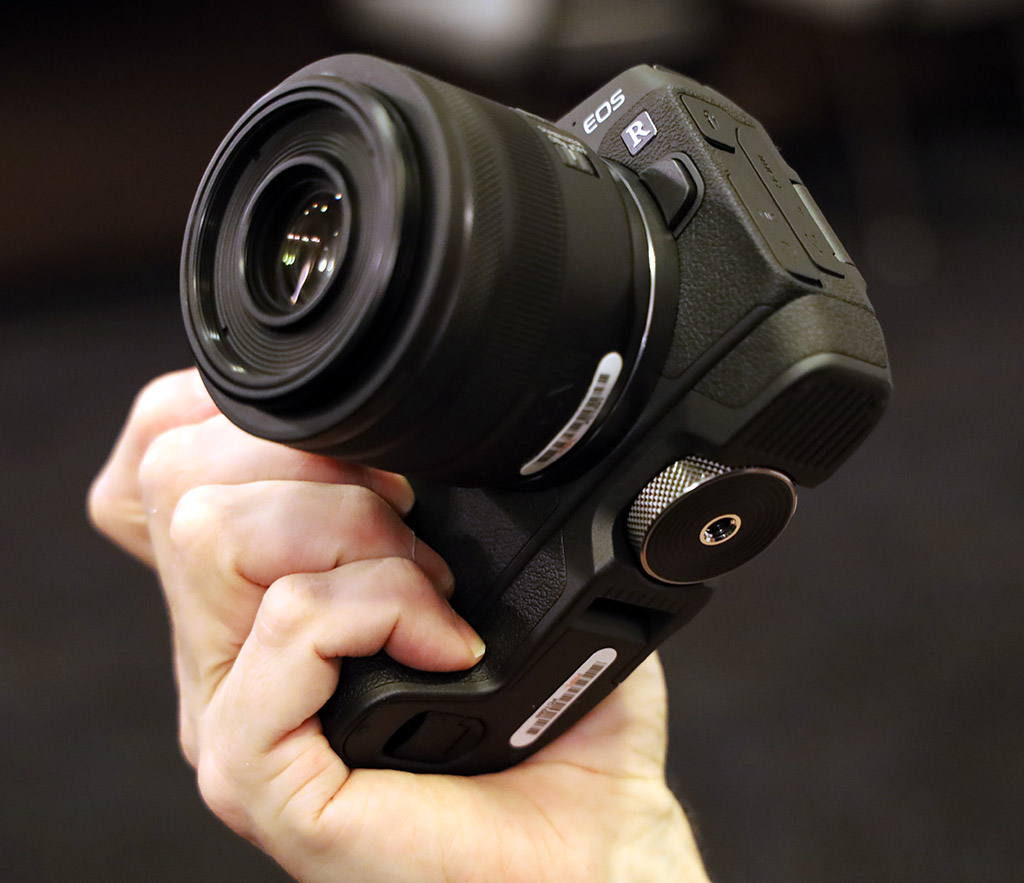 On the video side of things, despite the same or less same 26MP sensor as the 6D Mark II, the new Canon EOS RP now offers 4K video recording, in addition to the 4K Timelapse mode seen in the 6D2. It seems the new image processor now has the horsepower to support 4K video capture, which is not surprising seeing both the EOS R and EOS M50 use the DIGIC 8 chip and also offer various flavors of 4K video. Unlike its bigger brother, the EOS R (and more like the APS-C EOS M50, in fact), the Canon EOS RP only offers 4K video at 24p (23.98 fps) and 25p (PAL mode). There is no 4Kp30 or higher frame rate options, though there are numerous frame rates for Full HD video, up to 60fps. It's also worth pointing out that 4K video on the EOS RP has a noticeable crop (about 1.7x), and the camera's maximum continuous recording time is limited to 29:59, for 4K and other resolutions. Also, unlike the EOS R, the RP does not support Dual Pixel CMOS AF for 4K video; focusing is contrast-detect only. Dual Pixel CMOS AF is available, however, for Full HD and HD video resolutions.
On the video side of things, despite the same or less same 26MP sensor as the 6D Mark II, the new Canon EOS RP now offers 4K video recording, in addition to the 4K Timelapse mode seen in the 6D2. It seems the new image processor now has the horsepower to support 4K video capture, which is not surprising seeing both the EOS R and EOS M50 use the DIGIC 8 chip and also offer various flavors of 4K video. Unlike its bigger brother, the EOS R (and more like the APS-C EOS M50, in fact), the Canon EOS RP only offers 4K video at 24p (23.98 fps) and 25p (PAL mode). There is no 4Kp30 or higher frame rate options, though there are numerous frame rates for Full HD video, up to 60fps. It's also worth pointing out that 4K video on the EOS RP has a noticeable crop (about 1.7x), and the camera's maximum continuous recording time is limited to 29:59, for 4K and other resolutions. Also, unlike the EOS R, the RP does not support Dual Pixel CMOS AF for 4K video; focusing is contrast-detect only. Dual Pixel CMOS AF is available, however, for Full HD and HD video resolutions.
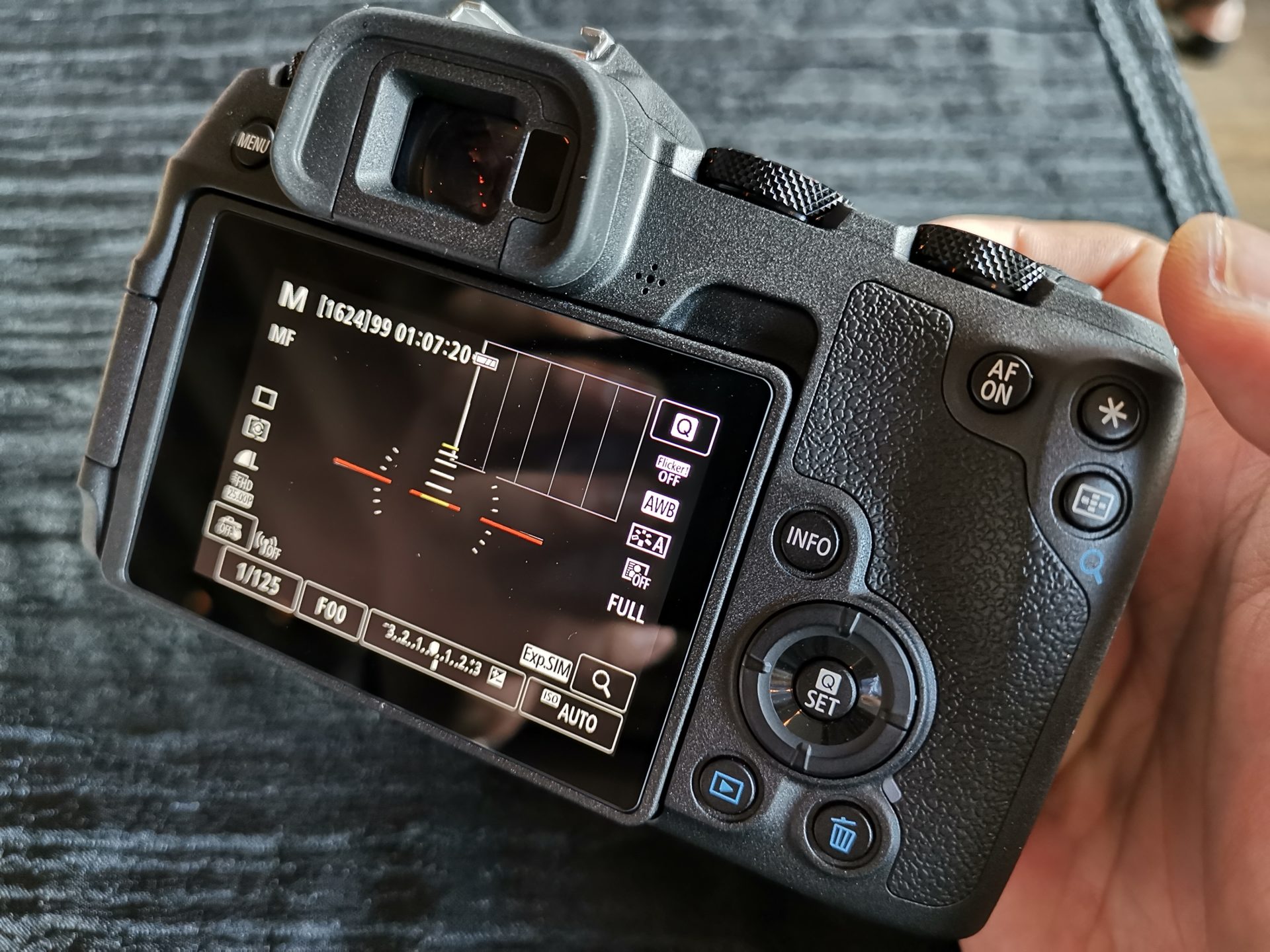
Not surprisingly, much like the EOS R, the autofocus system on the EOS RP is powered by Canon's Dual Pixel CMOS AF technology, which uses phase detection pixels on the imaging sensor. The result is a fast, responsive autofocusing experience without any hunting or wobbling that's typical of contrast-detect AF systems. Using the RF 24-105mm f / 4L IS lens, Canon claims to CIPA-rated 0.05s single-shot AF speed with the EOS RP. We've had a great experience with Canon's previous cameras with Dual Pixel CMOS AF, and based on our brief hands-on experience with the camera, the Canon RP is no exception. AF is quick and accurate, and an overall similar experience to what we saw with the EOS R. However, the AF system is slightly different than the EOS R's, not only due to using a different sensor, but also because there are a few new features as well.
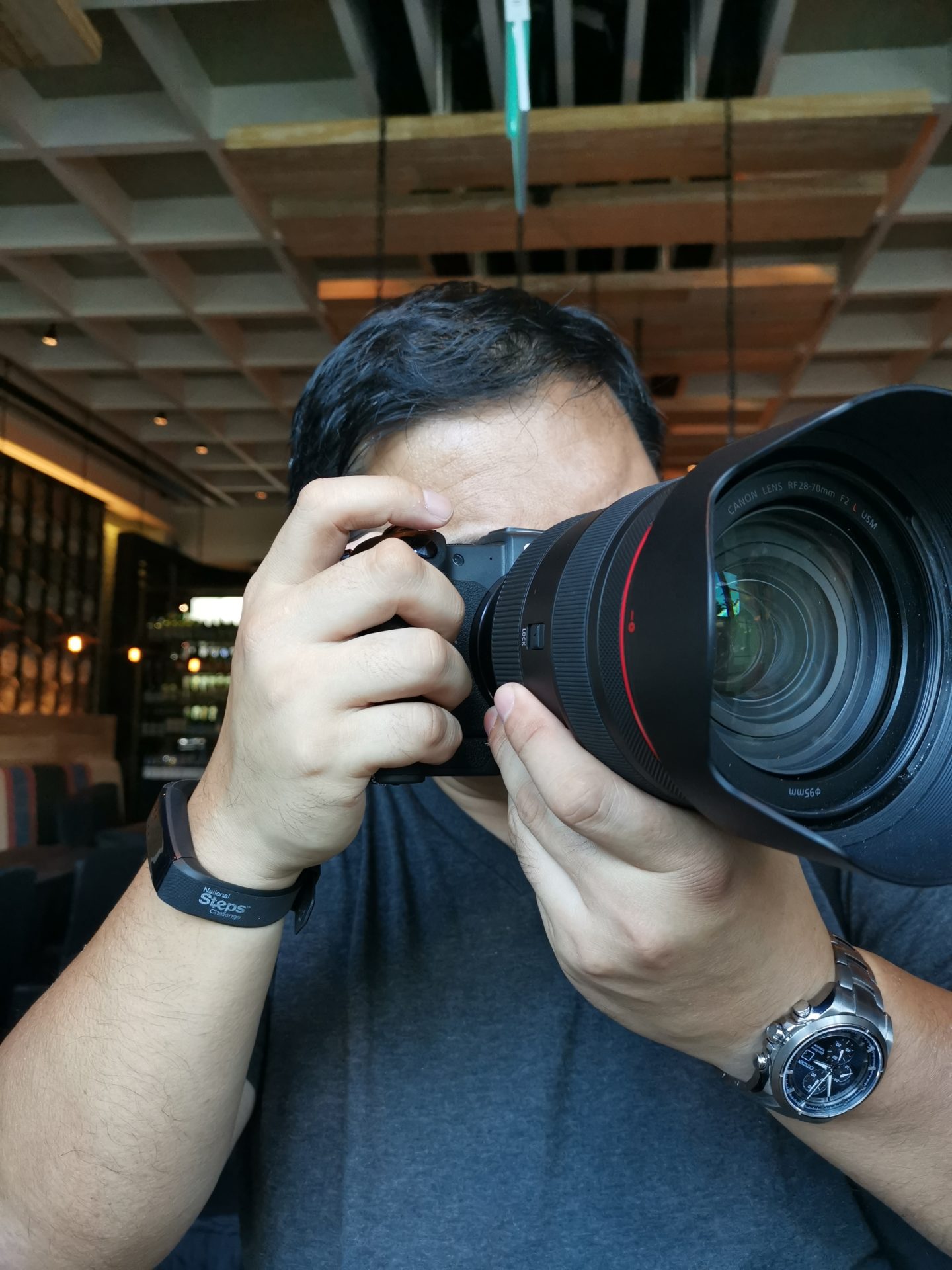
Despite the entry-level designation of the RP, there are few new features on this camera that do not (yet) appear on its higher-end sibling. For one, both the EOS R and the new EOS RP offer Eye-detection AF functionality, but the EOS R was limited to just AF Eye in single-shot AF mode, the EOS RP allows for AF Eye with Servo AF (C- AF) mode as well, and with video! Sony cameras have long had this feature in a number of their cameras, and it's really great seeing this type of AF functionality appear in other brands. When it comes to portrait photography, especially on a full-frame RP-like camera, depth of field can get insanely thin. Having reliable Eye-detection AF modes will help make sure your portrait shots will be sharp, and sharp where you want them, the eyes.
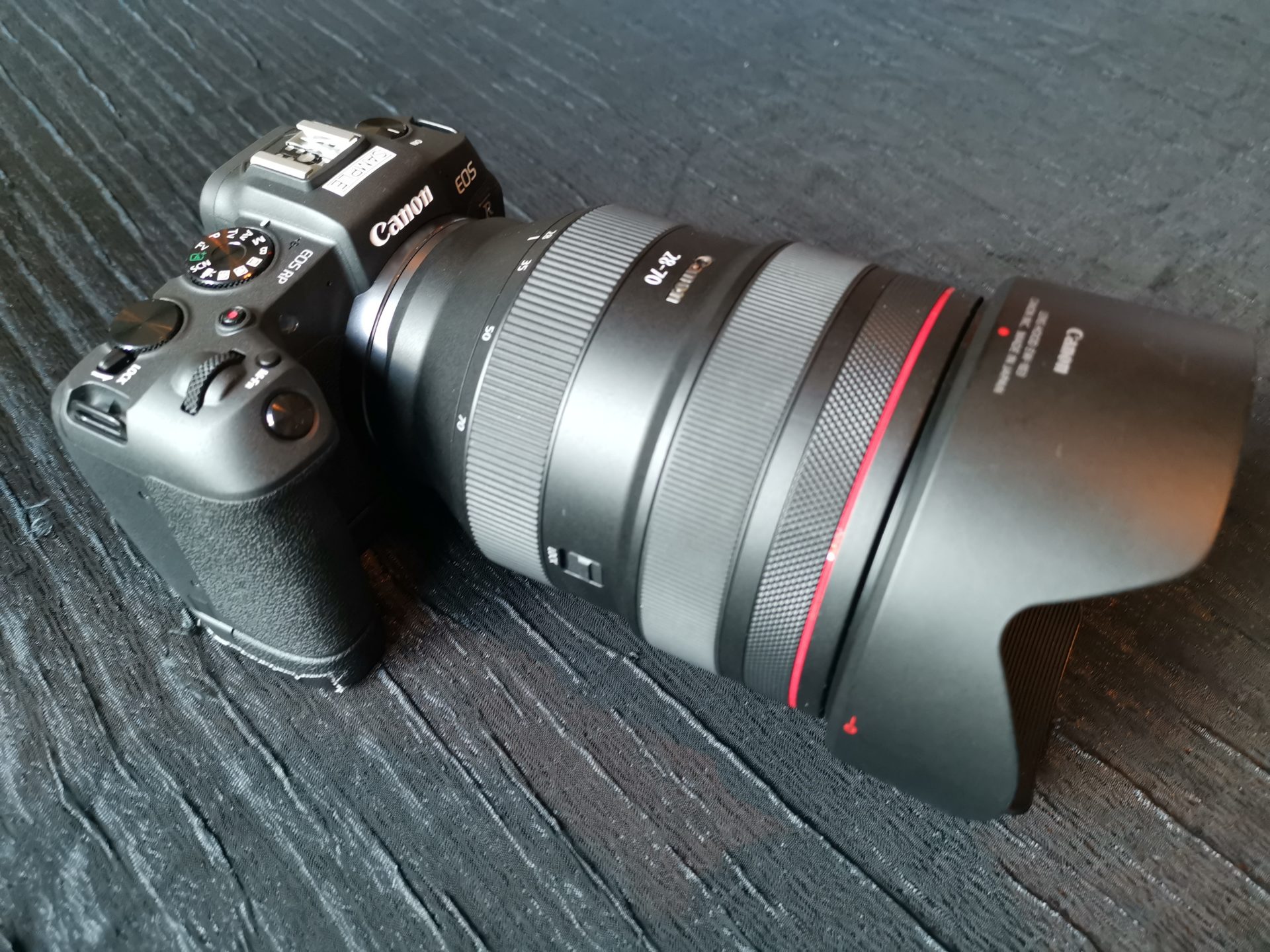
Like the EOS R, the new RP offers only a single SD card slot, though this is not all that shocking given its entry-level placement. The card slot is also UHS-II compatible with its higher-end sibling.
As stated earlier, the EOS RP supports in-camera charging via USB. The camera uses a newer USB-C terminal, but it's a USB 2.0 Hi-Speed port. The Mini Type-C HDMI port, 3.5mm microphone input and headphone jacks, as well as a remote control terminal for wired remotes are also provided.
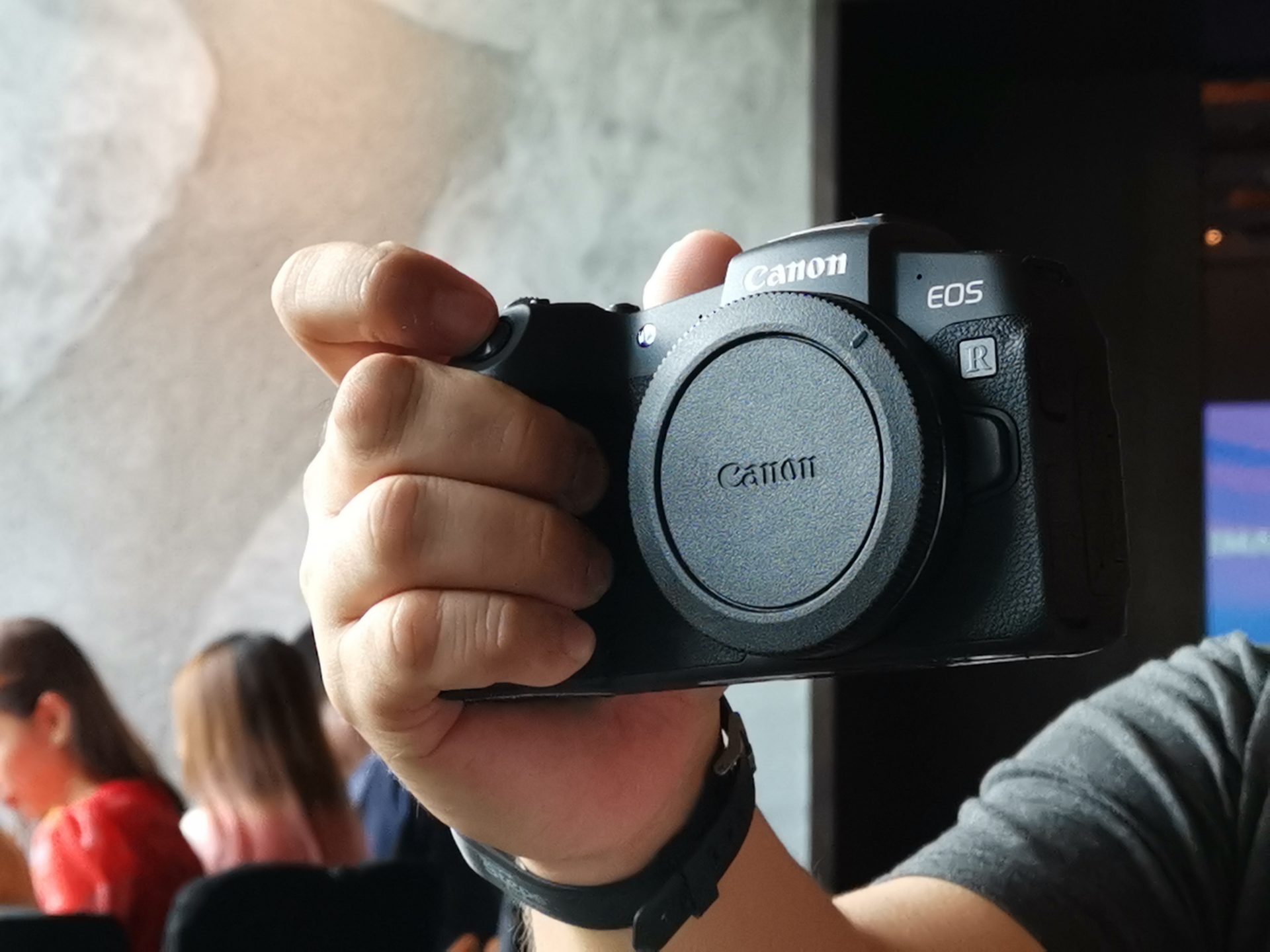 When it comes to wireless connectivity, the EOS RP features the standard combo of built-in Wi-Fi and Bluetooth Low Energy.
With the Wi-Fi connection, users can remotely operate the camera as well as transfer media to a paired smartphone or tablet. The BLE technology also helps to facilitate not only an easy Wi-Fi connection between devices but also can maintain a constant paired connection allowing for quicker, easier transferring of images.
When it comes to wireless connectivity, the EOS RP features the standard combo of built-in Wi-Fi and Bluetooth Low Energy.
With the Wi-Fi connection, users can remotely operate the camera as well as transfer media to a paired smartphone or tablet. The BLE technology also helps to facilitate not only an easy Wi-Fi connection between devices but also can maintain a constant paired connection allowing for quicker, easier transferring of images.
Canon RP Pricing & Availability
The Canon EOS RP is set to go on sale in March 2019, with a body-only retail of $ 1,299. A kit version with an included RF 24-105mm f / 4L IS USM lens will also be available for $ 2,399. W. Brauley/Wilson Wong

No comments:
Post a Comment